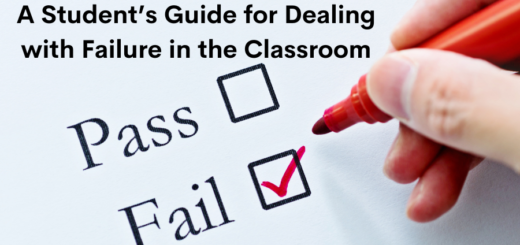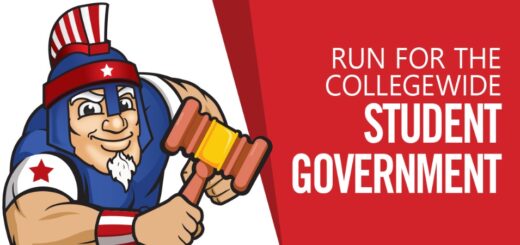A.A. Versus A.S.: What’s the Difference?
At Eastern Florida State College, most of the programs we offer are at the associate level. An associate degree is typically a two-year program of study that is designed to prepare you to pursue additional higher education or to gain the skills you’ll need for meaningful employment within the workforce. Understanding which kind of associate degree is right for you is often where your academic journey begins! Ever wonder about the difference between an A.A. and an A.S.? Well, we’ve got answers.
Associate in Arts (A.A.)
A common misconception about the A.A. is that it’s an art degree, where you’ll learn how to paint, draw, and sculpt. That’s not true unless you’re interested in the arts and choose to take those courses—in which case this degree will also suit your needs!
The Associate in Arts is a financial aid-eligible degree that is comprised of 60 credit hours (36 general education requirements plus 24 open electives) or about 20 classes, as EFSC classes are typically worth three to four credit hours. There are lots of different courses and electives to choose from, which means this degree suits a wide variety of student interests. A full-time student can complete the A.A. in about two years.
This degree is a good choice if you’re planning to pursue a bachelor’s degree, either at EFSC or at another institution. At EFSC, a four-year bachelor’s degree typically consists of 120 credit hours, so completing the A.A. first enables you to spend two years tackling general education requirements and lower-level courses that will later apply toward the more advanced degree. This means you can immediately take courses and electives that are more aligned with your major interests once you officially begin your bachelor’s program. Enrolling in the A.A. degree is also a great way to take prerequisite classes for a wide range of limited access programs at Eastern Florida.
Associate in Science (A.S.)
The Associate in Science, on the other hand, is meant to prepare you for direct, entry-level employment in the workforce. Courses in these programs are divided into major courses, core courses, and support courses, with some programs also offering the option to complete technical electives. While some A.S. degrees do prepare you to transfer into a bachelor’s degree program, most of them are designed to facilitate your interests while giving you the skills you need to succeed in the field. They’re a great choice for people looking for career-specific training, whether for the first time or in preparation for a complete career change.
An A.S. degree—which is also financial aid-eligible—typically consists of a minimum of 15 credit hours of general education courses and a minimum of 45 credit hours of career-specific courses. Many of them also contain embedded certificate programs that you can complete simultaneously, which gives you an additional employability credential come graduation day!
No matter which degree program interests you (the A.A., the A.S., or something else entirely), it’s important to work with your academic advisor throughout the process! They can provide more info on which courses are best to take for the program of study you want to pursue, as well as help you to plan your schedule around when and where classes are offered and navigate any testing or prerequisites that you’ll need. They know EFSC’s programs inside and out, so be sure to get in touch!
- College in My Sights: Life as a Student Veteran - November 10, 2021
- A.A. Versus A.S.: What’s the Difference? - September 8, 2021
- Alumni Corner: Joey Hilde - July 14, 2021







